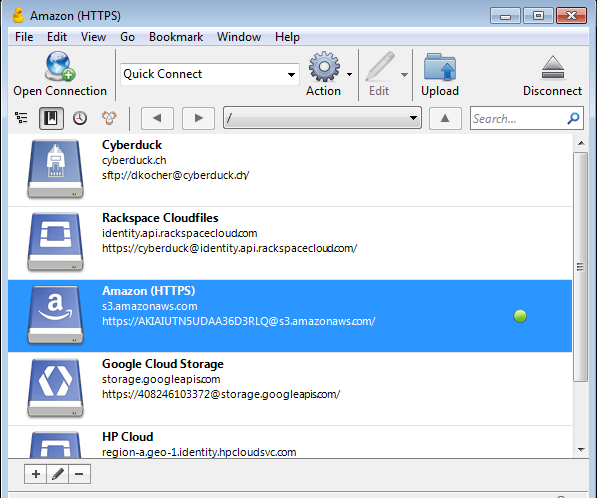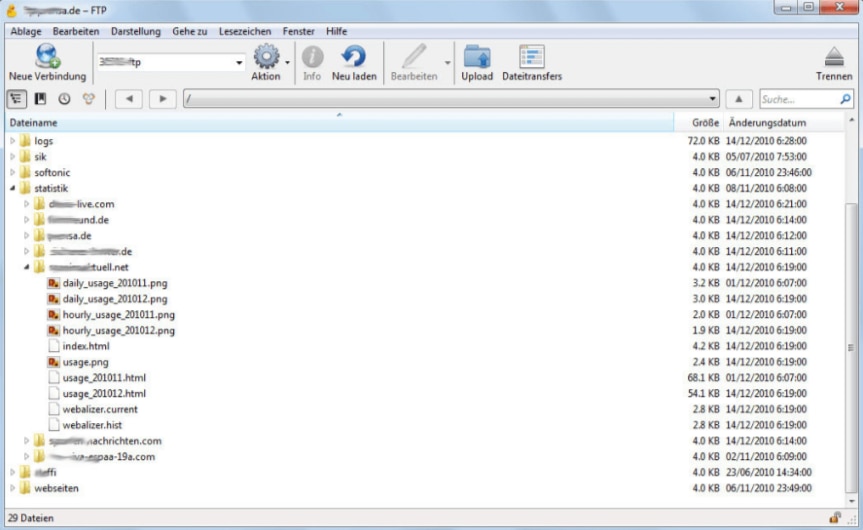

Open Cyberduck and click the Site Manager icon.To connect to your HostedFTP account, follow the instructions below: To connect to your server/HostedFTP account, you’ll need 3 pieces of information: In the second part of our Cyberduck tutorial, learn how to connect, upload and download to and from your HostedFTP account.Ĭlick here to Download Cyberduck or click here for more Cyberduck Tutorials

It’s still early days for this Windows version, but the signs are that this could be a serious player in the FTP client market.Cyberduck Tutorial – Connecting with FTP,FTPS, SFTP, Uploading and Downloading Cyberduck Tutorial – Connecting with FTP/FTPS/SFTP and uploading and downloading The program is open source, but you will be prompted to make a donation each time a new version is released. Thankfully, Cyberduck supports full drag-and-drop from other folder windows, and this worked with no problems. Downloading and uploading can be done via the supplied controls, but we had problems getting the program to upload anything using the upload button. An Explorer-like view of your remote location will open, enabling you to browse your files. Once installed, the program will detect any FTP accounts in other clients (including Filezilla) and import them across – you’ll then see a list of all connections as a series of drive icons: click one to connect or set up a new connection manually. Cyberduck is already well known to Mac users, but has now been ported across to Windows, and offers far more than just a simple FTP client: it also supports FTP/TFL, SFTP, WebDAV, Amazon S3, Google Docs, Google Storage, Windows Azure, and Rackspace Cloud Files.

Although largely eclipsed by the web – and it’s possible to access online storage through your web browser – FTP remains a valuable resource for those whose business involves transferring large numbers of files over the internet and who find email or the web unable to handle their needs.Īs a consequence, FTP clients like Filezilla still prove popular, and now there’s a client on the scene that could potentially redefine the landscape. FTP stands for File Transfer Protocol, and is used for the storage and transfer of files over the internet. There’s email, usenet (for newsgroups) and FTP. The web is so ubiquitous these days that many people think that it’s the internet as opposed to an – admittedly – ever-increasing part of it.


 0 kommentar(er)
0 kommentar(er)
